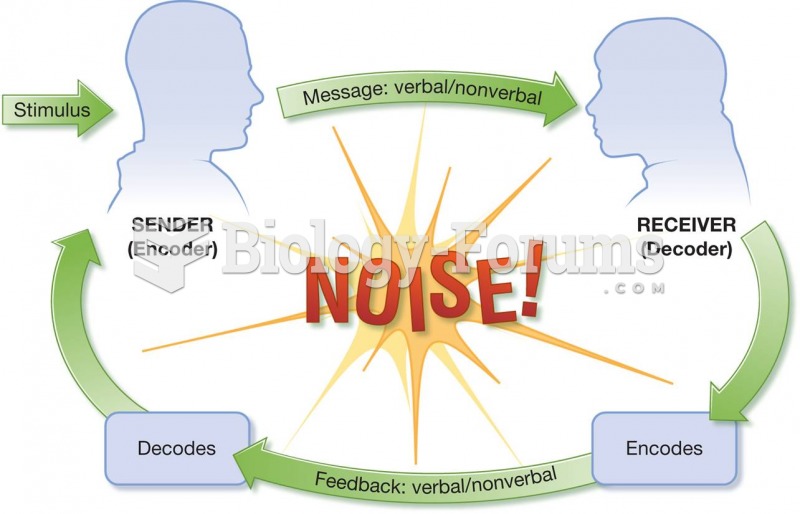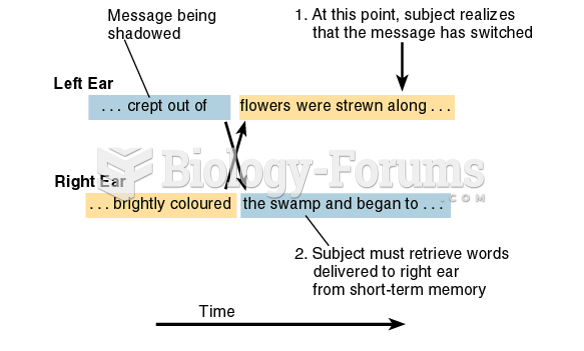Answer to Question 1
Ideas are more interesting and appealing if they are expressed from an audience's viewpoint. Developing a you attitude rather than a me attitude involves thinking in terms of the other person's interests and trying to see a problem from the other's point of view. A letter, memo, email, or phone call reflecting a you attitude sends a direct signal of sincere concern for the receiver's needs and interest.
The use of the word you (appropriately used) conveys to receivers a feeling that messages are specifically for them. However, if the first-person pronoun I is used frequently, especially as the subject, the sender may impress others as being self-centered-always talking about self.
For example, I wanted to congratulate you on your recent promotion is a sender-centered message and Congratulations on your promotion to sales manager is a receiver-centered message. Compliments (words of deserved praise) are another effective way of increasing an audience's receptiveness to ideas that follow. Give sincere compliments judiciously as they can do more harm than good if paid at the wrong time, in the wrong setting, in the presence of the wrong people, or for the wrong reasons. Likewise, avoid flattery (words of undeserved praise). Although the recipient may accept your flattery as a sincere compliment, it is more likely that the recipient will interpret your undeserved praise as an attempt to gain favor or special attention. Suspicion of your motive makes effective communication less likely.
Answer to Question 2
The best channel for conveying large amounts of information is generally a written one. One reason is that most of us are generally poor listeners. Studies indicate that we retain only 10 or so of what we hear. Therefore, if you want people to have the opportunity to process and remember the information you have to deliver, particularly if the message is long or complex, then it is generally best delivered using a written channel rather than an oral one.
Businesspeople are often involved in situations where they must keep records of what occurred during various work activities throughout the day or week. These situations include the need to record what occurred at a department meeting, an employee's work history, the findings of an audit of a client's financial records, and an employee's travel expenses. Most legal documents, including contracts, use the written channel of communication for this reason: the need to maintain a record. Email messages and other electronic forums such as websites, social networking sites, and blogs, if stored and backed up properly, can also serve as a record.







